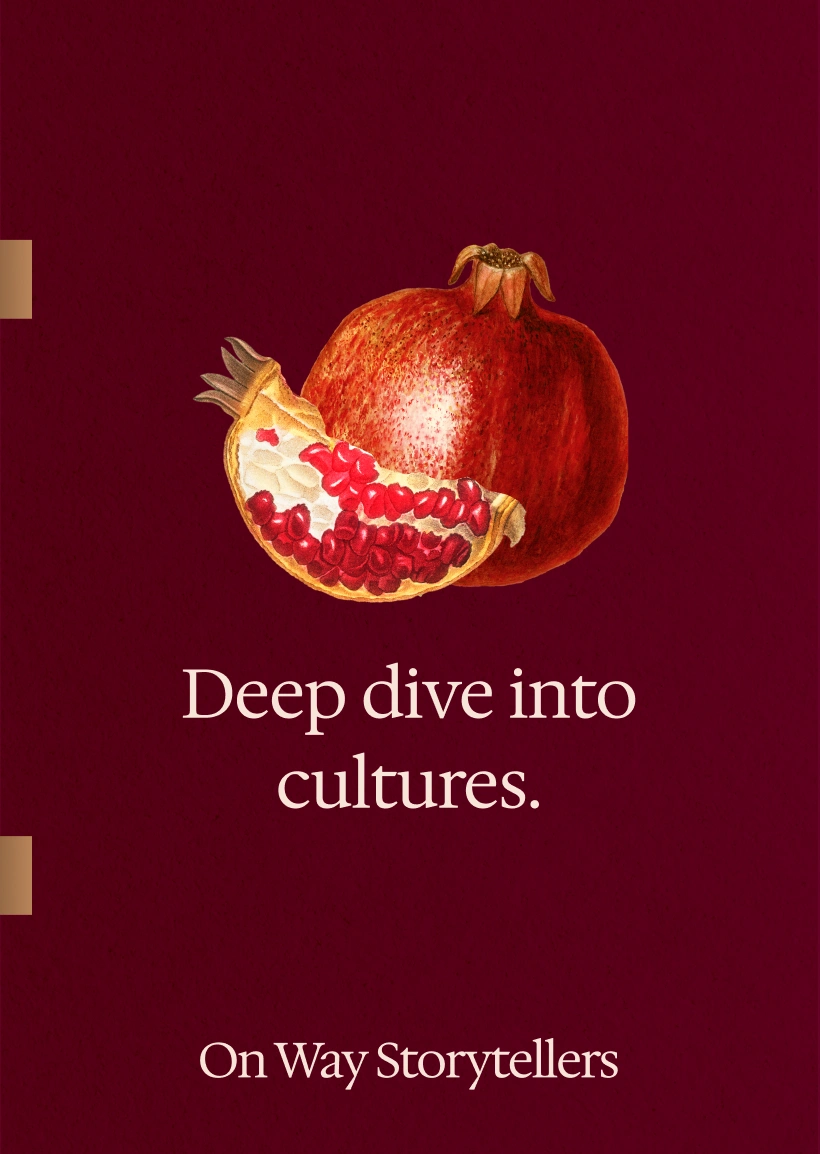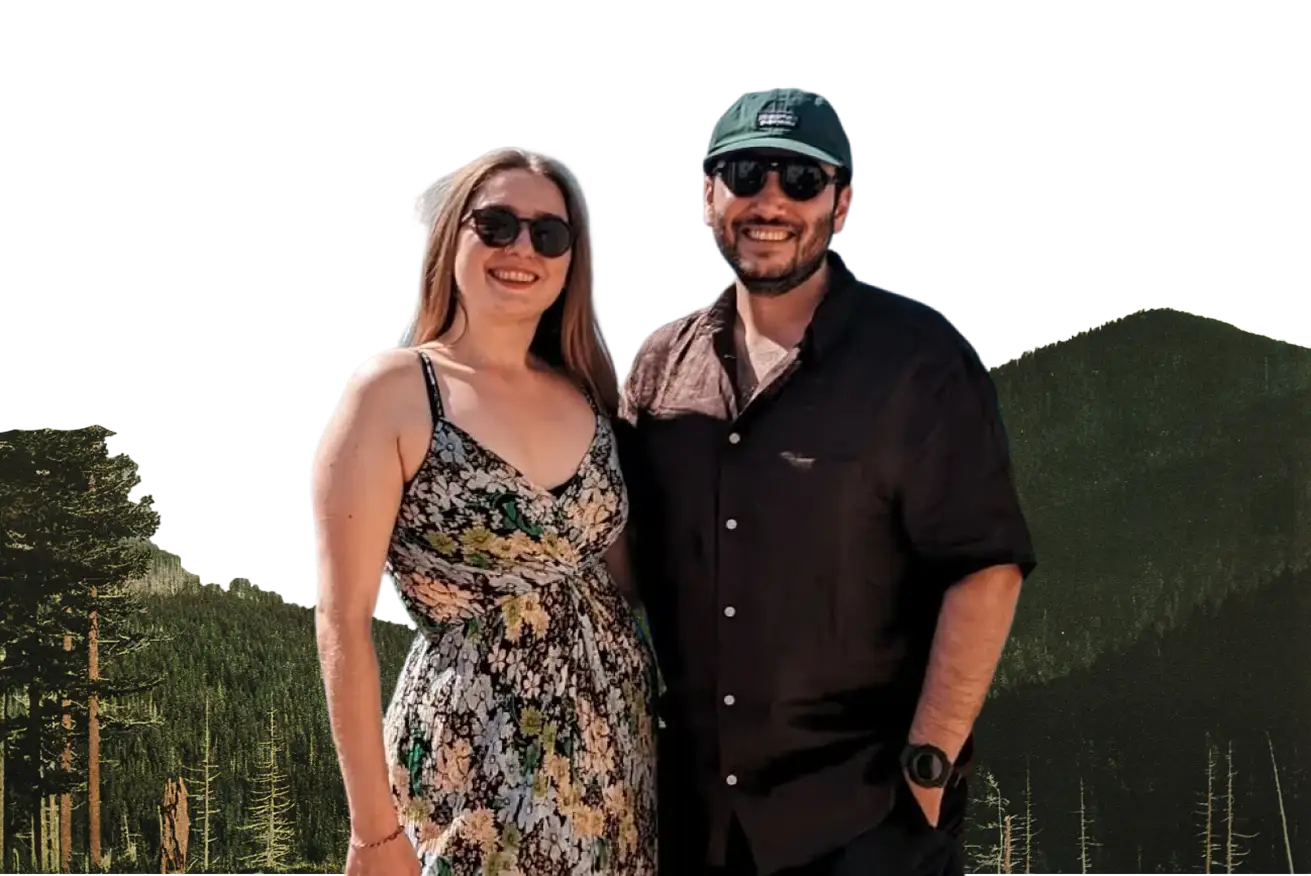In a world increasingly shaped by artificial intelligence, a question hangs in the air for many creatives, writers, and thinkers: is AI a threat to our soul, or a tool for its expression? Having spent the last five years at Google, witnessing the rapid evolution of this technology and brainstorming its commercial applications, I've come to a clear conviction: AI is an incredibly powerful co-pilot, but it can only fly where a human navigator directs it.
The quality of what you get from AI depends entirely on the quality of the vision, research, and curiosity you bring to it. For us at On Way Storytellers, AI isn't a shortcut to avoid deep work; it's a strategic partner that helps us do that deep work more effectively and artfully. It's not the spirit of our project; it's a vital part of the system that gives that spirit form.
Here's an honest look at how we actually use AI to build our world.
AI as a "Socratic partner" for strategy & insight
In the beginning, On Way Storytellers was a beautiful mess of scattered ideas, travel notes, and a deep-seated feeling that something was missing from online cultural content. AI didn't give us our vision, but it acted as a powerful sounding board to help us clarify it.
Translating notes into insights: We fed our raw, sprawling notes about our audience's frustrations and desires into AI models. We asked it to "act as a brand strategist and find the recurring patterns." The AI didn't invent our audience's pain points, but it masterfully synthesized our observations, helping us clearly articulate concepts like "The Guilt of the Seeker" or "The Need for a Framework."
Structuring our thinking: We used it to help us build out frameworks, like our "Curious Explorer Toolbox." We'd give it the core concepts (Lens, Tool, Perspective), and ask it to help us design potential "thematic week" content structures or brainstorm examples, which we would then refine with our own authentic voice and experience.
Forging clarity: a case study from our own project foundation
Building the foundation of On Way Storytellers wasn't a single 'aha!' moment; it was a months-long dialogue with our own ideas, facilitated by AI as our strategic partner. It’s a process we believe anyone can adapt to bring their own passion project to life.
Here's a look at the real, tangible steps we took:
- The brain dump & thematic clustering (the "raw material"): We started with a massive 'brain dump' - dozens of pages of our personal histories, travel memories, audience frustrations, and core values. It was rich, but it was chaos. We fed this raw text to our AI companion and asked a simple, powerful question: "What are the recurring themes and core motifs in this text?" The AI didn't invent our philosophy; it acted like a powerful mirror, reflecting back to us the patterns already present: "Layered Histories," "Integration vs. Escape," "Curiosity as a Muscle."
- Structuring the narrative arc (from motifs to milestones): Once we had these themes, we needed to turn them into a story – our project's journey. We used AI to help us structure this. We would ask: "Based on these milestones, can you propose a logical narrative flow for a new visitor to our brand?" This collaborative process helped us define the sequence of our Evergreen articles, ensuring a reader is welcomed first, then understands our 'why', then learns our 'how'.
- Sharpening the message (from insight to "uncategory" POV): Finally, we used AI to sharpen our message. We had our core beliefs, but they needed an edge. We engaged in a Socratic dialogue, feeding it our raw answers to prompts like "What do you stand against?" and asking it to "Help us articulate this counterpoint with clarity and conviction." This back-and-forth process of refining our Manifesto and our Core POVs was a perfect example of using AI to sharpen our thinking until it felt undeniable.
AI as a "creative catalyst" for content
We believe in long, thoughtful articles. AI doesn't write these for us – that would violate our core principle of sharing lived, embodied experience. However, it's an indispensable tool in the creative process.
- Outlining & structuring: Once we have our core research, we often use AI to brainstorm different narrative structures for an article. We might ask, "Here are my key points on Karadeniz culture; can you suggest three different ways to structure this as a compelling story?" This helps us choose the most effective narrative arc.
- Refining tone & language: After writing a draft, we use AI to help us sharpen our message. We might ask it to "act as an editor inspired by Tiziano Terzani and Rebecca Solnit" and suggest ways to make our language more evocative or our core arguments more potent, helping us refine our brand voice.
- Repurposing with intelligence: AI is a game-changer for our "Seeds" strategy. We can feed it a full blog article and ask it to "extract 5 key insights, 3 compelling quotes, and 2 surprising facts, written in a concise style for social media." We then curate and rewrite these, but the initial extraction saves hours of work.
AI as a "personalized guide" for our audience
This is where we believe the most exciting potential lies: using AI not just for our process, but to enhance your experience.
The "Curiosity Kit + AI Companion": This is our most direct application. We plan to build a custom GPT trained on our articles, philosophy, and "Toolbox" principles. It's not a generic chatbot; it's a companion infused with the On Way Storytellers ethos, designed to ask you the same kind of thoughtful questions we ask ourselves and guide you through personal reflection.
AI will never replace the human soul's capacity for genuine curiosity, the nuance of cross-cultural empathy, or the felt sense of a lived experience. It cannot taste the coffee in Istanbul or feel the mist in Karadeniz. But as a tool wielded with intention, clarity, and a strong sense of purpose, it can be a powerful amplifier for those very human qualities. It helps us structure our thoughts, sharpen our message, and ultimately, create more time and space for what truly matters: the deep, human work of exploring, connecting, and understanding.
.svg)





